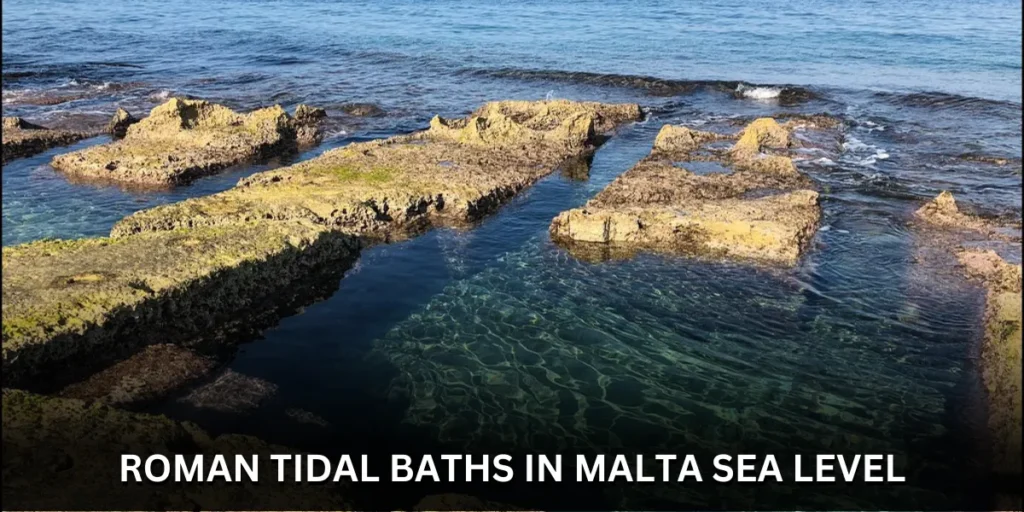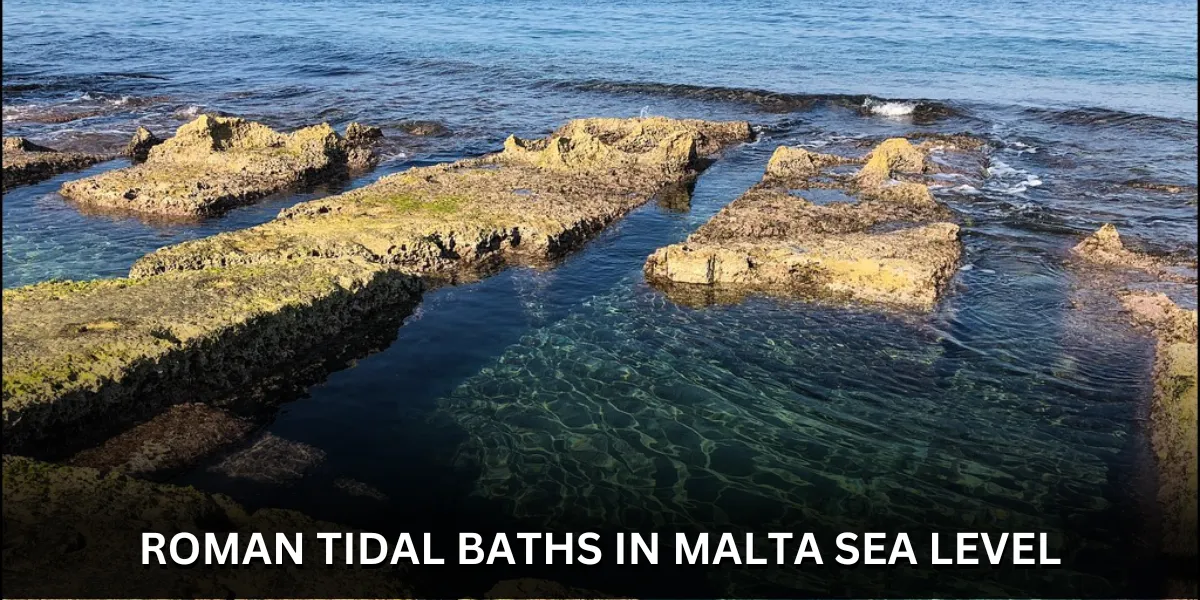
Roman Baths Reveal Clues About Ancient Malta’s Sea Level
Archaeologists working in Malta have uncovered a fascinating piece of Roman history: a complex of tidal baths dating back to the first century AD. The discovery, made near the village of Wied Babu, sheds light on Roman engineering and leisure practices, while also offering a potential clue about past sea levels on the island nation.
These Roman baths were unlike anything previously found in Malta. Unlike traditional heated baths, these structures utilized the natural movement of the tides to fill and empty large pools. Carved directly into the coastal rock face, the complex consisted of several interconnected chambers, including a cold plunge pool, a warm bathing area, and a larger swimming pool. A sophisticated system of channels and sluices controlled the flow of seawater, allowing bathers to enjoy a refreshing dip regardless of the tide.
“The tidal baths are incredibly well-preserved,” said Dr. Maria Costa, lead archaeologist on the excavation. “The intricate network of channels and the smooth surfaces of the pools all point to the high level of engineering skill possessed by the Romans.”
The discovery also raises intriguing questions about Malta’s past. The current location of the baths sits several meters above sea level. This suggests that the Mediterranean Sea may have been lower during the Roman period. Further study of the baths’ construction and surrounding geological features could help scientists determine past sea levels with greater accuracy.
Understanding past sea levels is crucial for several reasons. It can help us predict future changes due to climate change, such as rising sea levels. It can also shed light on ancient trade routes and harbor locations, providing valuable information for maritime archaeologists.
Beyond the engineering and scientific aspects, the discovery of the tidal baths paints a vivid picture of life in Roman Malta. These baths were likely a popular social gathering place, offering opportunities for exercise, relaxation, and socializing. The presence of such a luxurious facility also suggests that a wealthy Roman population resided in the area.
The excavation of the tidal baths is ongoing, and archaeologists are hopeful that further discoveries will reveal more about their use and the daily lives of the Romans who frequented them. The find promises to be a significant addition to our understanding of Roman Malta and the ingenuity of their engineering feats.
Future plans for the site include further excavation, restoration, and potentially opening it to the public as an archaeological park. This would allow visitors to experience this unique piece of Roman history firsthand and learn about the fascinating world of Roman bathing culture in Malta.

